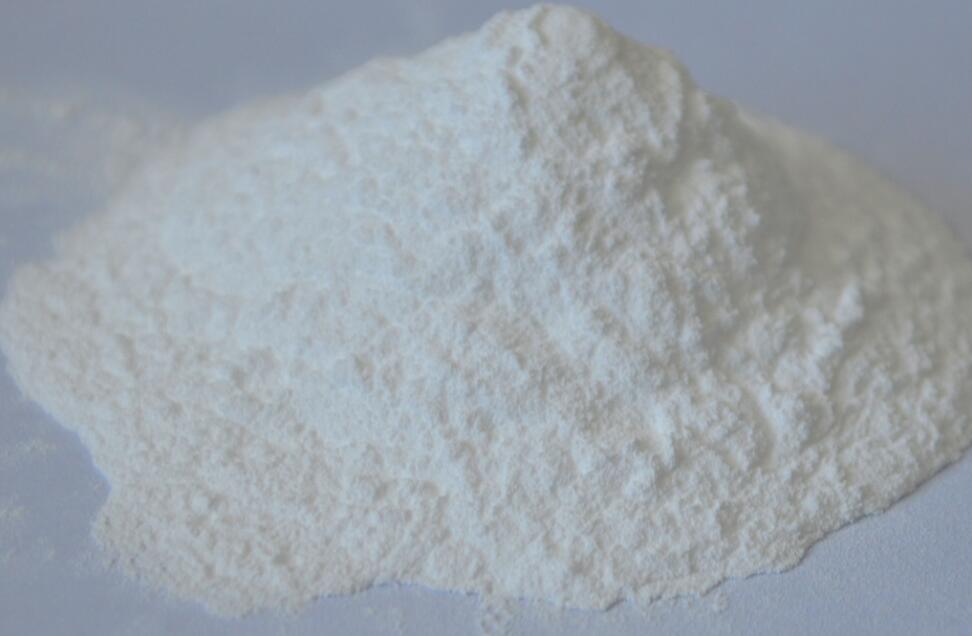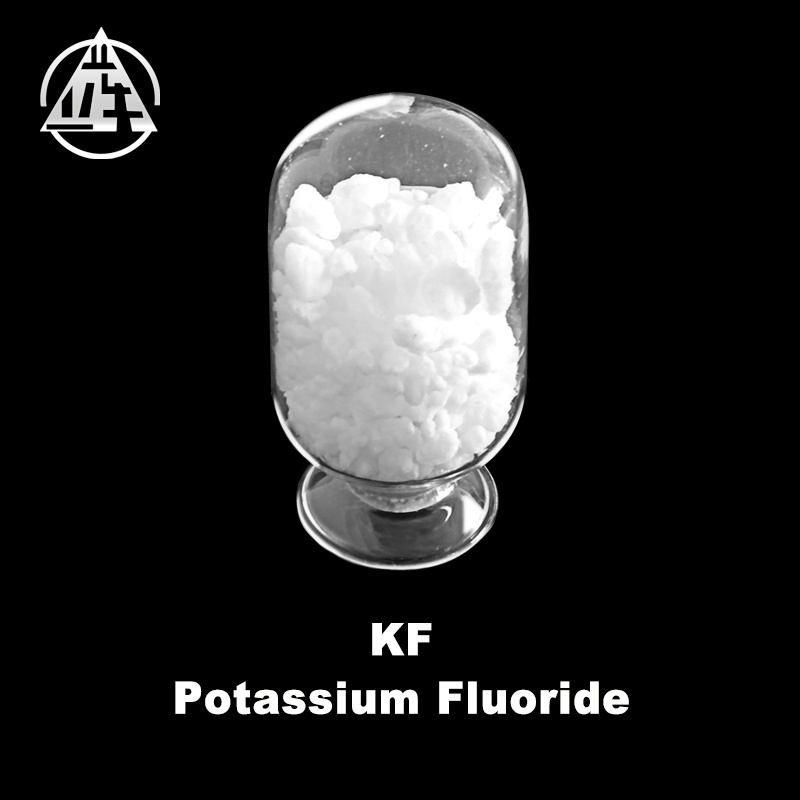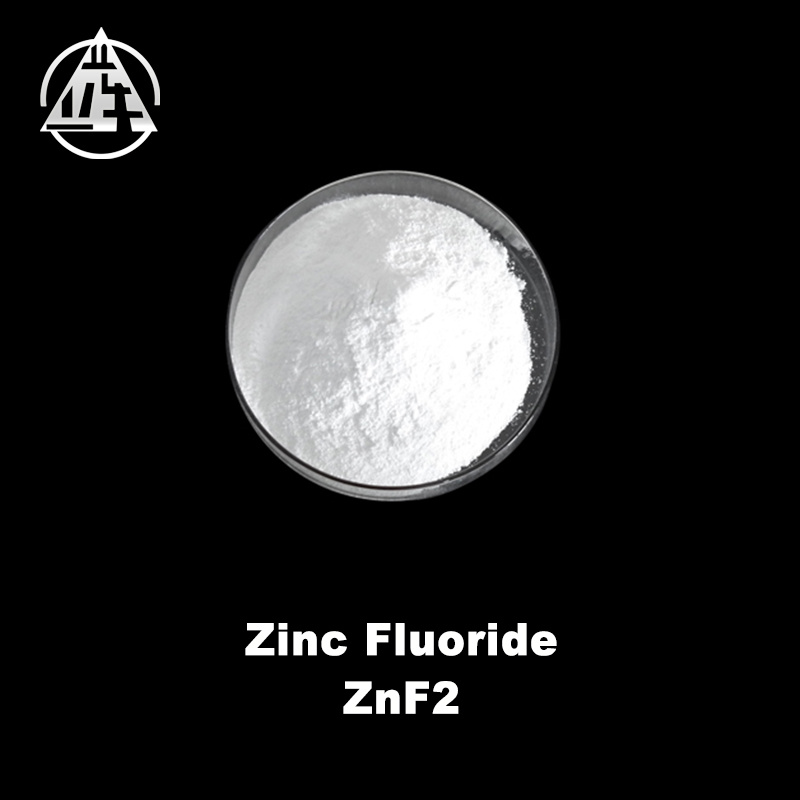Introduction of some uses of Silicon Dioxide SiO2
Release Time:
2022-10-24
Silicon Dioxide SiO2 is widely found in nature and forms rocks together with other minerals. Naturally occurring Silicon Dioxide SiO2, also called silica, is a hard, refractory solid.
Silicon Dioxide SiO2 is widely found in nature and forms rocks together with other minerals. Naturally occurring Silicon Dioxide SiO2, also called silica, is a hard, refractory solid.
The main component of quartz is also Silicon Dioxide SiO2, a transparent quartz crystal, which is what we often call crystal.
Silicon Dioxide SiO2 is chemically inactive, does not react with water, nor does it react with acids (except hydrofluoric acid), but it can react with alkaline oxides or alkalis to form salts.

Chemical properties of Silicon Dioxide SiO2: SiO2 is an acidic oxide and an anhydride of silicic acid. However, SiO2 has some special properties compared with other acidic oxides.
(1) Most of the acidic oxides can directly combine with water to form acid, but SiO2 cannot directly combine with water. Its corresponding hydrate, silicic acid, can only be obtained by reacting the corresponding soluble silicate with acid (silicic acid is insoluble in water and is a weak acid, and its acidity is weaker than carbonic acid).
(2) Acidic oxides generally do not react with acids, but SiO2 can react with hydrofluoric acid to generate gaseous silicon tetrafluoride.
The main component of ordinary glass and quartz glass is Silicon Dioxide SiO2. Therefore, hydrofluoric acid can be used to etch glass. Use hydrofluoric acid to engrave on glass. In the laboratory, hydrofluoric acid cannot be stored in glass, ceramics, porcelain, and pottery containing Silicon Dioxide SiO2. Generally, plastic bottles can be used.



